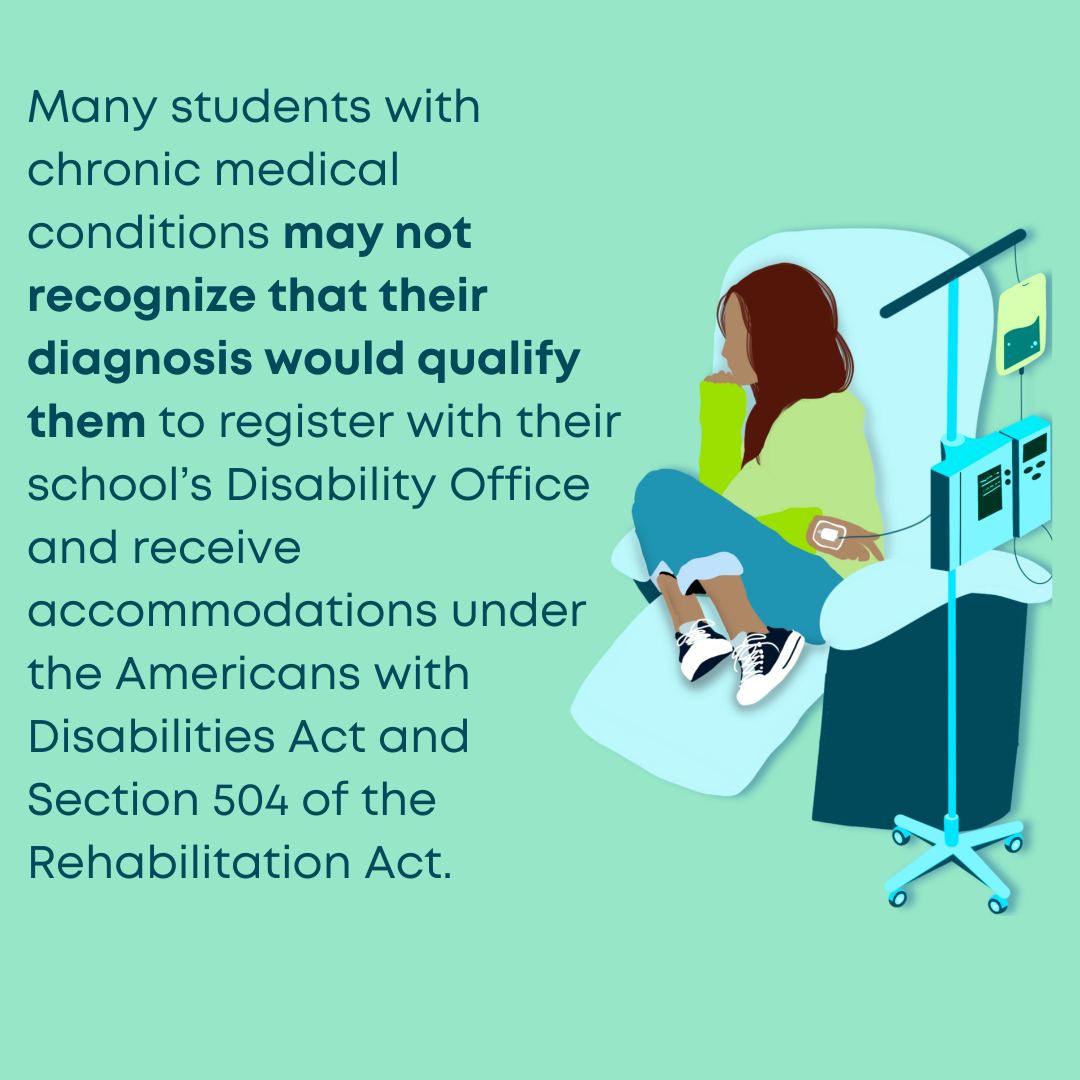Generation Patient has been approved for a $250,000 funding award through the Eugene Washington PCORI Engagement Award Program, an initiative of the Patient-Centered Outcomes Research Institute (PCORI). The funds will support Generation Patient in building the capacity to engage in patient-centered outcomes research and comparative effectiveness research (PCOR/CER) to assess peer support as a crucial intervention for young adults with chronic conditions.
Sneha Dave, executive director, and Sydney Reed, director of operations, will lead the engagement project at Generation Patient. The project, led entirely by young adult patients, will:
Form a multi-stakeholder group of adolescent and young adult (AYA) patients, medical professionals, and researchers to engage in a two-year Roundtable on Peer Support for Young Adults with Chronic Conditions in which they will identify the need, current challenges, and opportunities to develop future peer support PCOR/CER
Co-develop Proceedings document to outline findings of the Roundtable discussions
Co-develop Peer Support Toolkit to further engage patient stakeholders by helping them to create their own peer support networks.
Co-develop a strategic planning document for future peer support PCOR/CER that incorporates the priorities and needs of AYA patients and other stakeholders
“Our team has been working to transform our organization into a more holistic and expansive source of support for young adults with chronic and rare conditions,” Sydney Reed, director of operations at Generation Patient said. “A major part of this work has been not only to create more sources of peer support for our demographic but also to bring understanding to healthcare professionals about the importance of this support as a critical intervention in the care of young adult patients.”
Over the last couple of years, Generation Patient has held over 450 peer support meetings for adolescent and young adult patients. This grant will enable us to bring together patients, providers, and researchers to develop concrete outcomes for furthering peer support as a valued intervention for AYA patients.
Through the Engagement Awards, PCORI is creating an expansive network of individuals, communities and organizations interested in and able to participate in, share, and use patient-centered comparative clinical effectiveness research (CER). Generation Patient was one of several organizations awarded funding under a new Engagement Award funding opportunity focused on supporting small organizations, in particular those that may not have any prior experience with patient-centered CER, to build their capacity to participate in this research. PCORI will support recipients with technical assistance and learning network activities across their project period.
“Small organizations offer unique perspectives and capabilities as partners in comparative clinical effectiveness research,” said Greg Martin, PCORI’s chief of engagement, dissemination, and implementation. “We look forward to supporting Generation Patient in their activities and their exploration of ways to contribute to future CER.”
Generation Patient’s project and the other projects approved for funding by the PCORI Engagement Award Program were selected through a highly competitive review process in which applications were assessed for their ability to meet PCORI’s engagement goals and objectives, as well as program criteria. For more information about PCORI’s funding to support engagement efforts, visit http://www.pcori.org/content/eugene-washington-pcori-engagement-awards/.
PCORI is an independent, nonprofit organization authorized by Congress in 2010 to fund CER that will provide patients, their caregivers, and clinicians with the evidence needed to make better-informed health and healthcare decisions. PCORI is committed to seeking input from a broad range of stakeholders to guide its work.


























